N-1ws #27: Shiny things, flowery things, tasty things, and things that should sometimes just be left alone
Also: first impressions of TRP and Classified’s innovative new Vistar groupset.
Featured in this week’s tech round-up:
Optimize… some things?
First impressions of TRP and Classified’s new Vistar wireless electronic groupset.
Orbea polishes up the Orca (and is maybe moving away from headset cable routing for its MTBs).
Unno unveils a sharp-looking XC bike.
Fresh wheel bling from Astral Cycling.
Ritchey goes rigid.
But of course, Trek now has an electric inflator, too.
OneUp Components Clip Pedal review.
Anyone up for some cacio e pepe???
“Optimize nothing.”
I’ve had those words going through my head nonstop since doing a mellow mountain bike ride with my kiddo a couple of weeks ago. It’s an odd thought for me to have, considering I’ve practically built my life around fixing and improving everything I interact with – and not just bikes, but also baking, my house, my car, etc. Heck, I’ve fixed faucets in more than a handful of hotel rooms I’ve stayed in over the years. It also seems like a particularly weird thought for a long-time tech editor, given the nature of the job and in light of the whole “marginal gains” philosophy that’s inundated the bike industry since the Team Sky days.
If there are improvements to be made, then we’re almost duty-bound to pursue them, no?
Nevertheless, that phrase was playing in my head on repeat again during a mountain bike ride last weekend. I was on a test bike – a Specialized Chisel Comp Evo – and I was trying to focus on the performance changes from the more XC-oriented wheel-and-tire setup I’d just installed. Noticeably lighter, so much faster rolling, way better for climbing, so much less grip.
Yet it almost felt like the trail was begging me to let my mind wander.
It wasn’t especially hot out. However, the blazing midday Colorado sun made it borderline uncomfortable, which is probably why a trail that normally would be inundated with other riders (and hikers) was practically empty that day – and why just about everyone I did run into was either hiding in the shade or looked pretty blown.
I didn’t want to run the risk of overheating, so I took it easy on the climb up to the top. Wander mode, engaged.
I started paying attention to how amazing the breeze felt on my face, working perfectly with the low humidity to help cool me down. I noticed how the wildflowers were in full bloom against the emerald green backdrop that was still enjoying the fruits of a particularly wet spring. The clouds looked especially puffy and white, enviably drifting against the otherwise-clear blue sky without a care in the world.
Instead of racing to finish as I often would on this trail – especially when I’m on a tight timeline, as I usually am – it wasn’t long before I found myself full-on soft-pedaling. A bit shy of the top, I stopped and sat on a rock in the shade for a bit, staring out at the meadow and watching the tall grass sway in the wind.
Once up and over, I somehow had an almost completely uninterrupted run back down the other side of the hill to the trailhead – an opportunity I’d normally embrace as an excuse to put my foot to the floor. But that day, I let myself feel the way my body sank into the ground on the bermed corners, and played more on the various side hits and rocks instead of blitzing through.
I’d posted a story on Instagram about my ride that day with my daughter, and had gotten a note about it from Matthew LaPrade, the owner and operator of AE Service Course, just outside Sacramento, California.
"I have often said to customers, ‘If we like riding so much, why do we try to go so fast and get it over with?’”
Similar to my “optimize nothing” thought, that might be regarded as a curious question from a shop with such a performance-minded clientele and with brand partners that include Pinarello, Factor, Cervelo, Mosaic, and Enve. Sage words, nevertheless.
Indeed, as I got toward the bottom of the trail, I slowed down even more, lazily meandering through the turns and playing with how slow I could go and still clear a jump. I snaked back and forth just because I could – not because I had to – and barely took a pedal stroke for the last few minutes.
Matthew was right; I didn’t want it to end.
I thought more about that “optimize nothing” phrase when I got back to my car. It doesn’t mean not caring about my bikes or gear. It doesn’t mean you should neglect things and let them rot. And it certainly doesn’t mean things shouldn’t work the way they’re supposed to.
However, there’s a difference between making things better and perpetually striving for something unattainable. There’s no such thing as perfect.
No doubt, there’s thrill in the chase, and I don’t plan on disembarking off the continuous improvement train any time soon. But there’s a time and place to optimize, and a time and a place to just ride your damned bike with no purpose other than to just feel the wind in your face.
And every now and then, maybe there’s a time and place to take a minute to literally stop and smell the flowers, too.
In the news
TRP and Classified make it official with its Vistar groupset
The spiel: TRP and Classified’s new Vistar groupset is hardly a surprise as it was already announced last year at Eurobike. What’s new, however, is that it’s now actually available to purchase.
To recap, the new drivetrain takes Classified’s existing Powershift two-speed rear hub transmission and CNC-machined aluminum 12-speed cassette, and combines it with an all-new wireless rear derailleur, wiredless shifters (no, that’s not a typo), carbon fiber crankset, and hydraulic disc brakes from TRP. All together, Vistar takes Classified’s innovative concept from a curious add-on to a properly integrated groupset, offering the tighter jumps of a 2x drivetrain, but with just a single chainring – and critically, none of the potential downsides of a traditional front derailleur.
Vistar could certainly be viewed as a traditional 2x12 drivetrain in terms of how it’s used. After all, with two shift buttons on each levers a la Shimano, it obviously could be manually controlled as such. However, because the shifts inside the two-speed hub are nearly instantaneous – and can be done under load – TRP wants folks to think of Vistar more as a sequential drivetrain with the optional QuantumShift mode shifting the “front” and rear automatically as needed to produce 15 or 16 distinct gear ratios (depending on configuration) with up to 530% of total range.
Retail price for the complete groupset is US$2,900 / €2,800.
My take: I’ve always viewed the Classified system as more of a novelty than something that I felt compelled to have, particularly with front shifting performance being pretty darn consistent these days (particularly from Shimano). The add-on look and feel was a particular turn-off since the system couldn’t be integrated into existing levers. But with Vistar, I’m much more intrigued.
In fact, I’m more than just intrigued; I have a groupset in for review right now, and early impressions have been quite favorable. I could do without the roughly 200-250 g of so of additional mass compared to a traditional drivetrain (and all at the rear end of the bike, I might add), but the shift performance overall is excellent, and QuantumShift mode will take the guesswork out of traditional multiple-ring drivetrains for many. TRP’s long history of making drop-bar levers has also paid dividends with the Vistar controls with a very refined look and feel, fantastic fit and finish, and an overall level of polish you probably wouldn’t get from a brand that hadn’t done this before.
I’m a little bummed there are no bonus buttons or even the option for satellite shifters, and I also think the rear derailleur looks a little weird with the linkage hanging so far down below the frame. But overall, this looks promising.
Stay tuned for more on this one.
Orbea freshens up the Orca
The spiel: The Orbea Orca has long been one of my favorite all-rounder road bikes for its appealing balance of low weight, snappy responsiveness, excellent handling, and a lively ride quality. Orbea hasn’t changed anything with the latest frame and fork, but it’s announced a few updates.
First and foremost is the new SH RA10 one-piece integrated carbon fiber cockpit from Orbea’s in-house component brand, Oquo. The SH RA10 will supposedly will weigh as little as 313 g and will be offered in 11 different length/width combinations: 80/360, 90/360, 80/380, 90/380, 100/380, 110/380, 90/400, 100/400, 110/400, 120/400, and 130/400 mm. Stock MY2026 complete Orcas will come with preconfigured cockpit sizes, but buyers will have the ability to choose their preferred dimensions through Orbea’s MyO custom program. Orbea will also offer the new cockpit aftermarket for €699, and since it uses the same headset interface as all Orcas from 2020 onward, it’ll – at least in concept – be a straightforward upgrade for any current Orbea owners with two-piece setups that want to make the switch.
Also new is a trio of Oquo carbon road wheelsets, including 35, 50, 57, and 80 mm depths to suit different applications, and impressively low claimed weights ranging from 1,244 to 1,626 g. Helping to shed the grams is Oquo’s new Q10 hubset with claimed weights of just 175 g for the rear and 104 g for the front, and a DT Swiss-style dual star ratchet driver mechanism with ceramic coated 45T ratchets to help decrease friction.
My take: As much as the mechanic in me hates them, even I’ll admit that one-piece cockpits look sweet. Even so, I have awfully mixed feelings on them. It’s good to see Orbea offering so many different sizes – and in appropriately narrow widths! – but even 11 combos can’t come close to replicating the range of customization and fit that’s possible with a conventional two-piece setup. Moreover, the fully internal routing will make swapping to a different size not only more complicated, but more expensive.
Then again, Orbea has shown willingness to swim against the tide when it makes sense, so we’ll see where this goes longer-term. Case in point: Orbea was one of many brands to go heavy on headset cable routing on its mountain bikes, but it just added traditional ports on its updated Occam SL and Occam LT trail bikes so perhaps they’re still hope for humanity yet.
As for the wheels, what interests me most here are the new hubs. I’ve lost count of how many different brands have adopted the DT Swiss star ratchet design since that patent ran out a few years ago, and it’s been fun to see all the variations. One of the ways Orbea was able to keep the weight so low on these is by having the star ratchets slide back and forth directly inside the aluminum hub shell instead of dedicated thread-in steel inserts like what DT Swiss used to do. Several mechanics have relayed to me incidents where similar steel-on-aluminum motion eventually starts to eat into the hub shell, so I wonder if that’s part of the motivation for the ceramic coating. Time will tell.
Unno Horn full-suspension XC racer
The spiel: Spanish brand Unno isn’t widely known in the mainstream market, but it produces some of the most coveted carbon fiber mountain bike frames available . Years ago I tested its Aora model and it was not only the lightest hardtail I’d sampled to date, but also perhaps the best-riding one, too. Just announced by Unno is its second-generation Horn, a short-travel (110/120 mm rear/front) full-suspension 29er model explicitly designed for cross-country racing.
Unno is using a single-pivot flexstay rear end for the Horn, with a short top tube-mounted linkage driving the rear shock. That rear shock is tucked up into a recess under the top tube for a semi-integrated appearance, and while the 100% anti-squat value is lower than I would have expected for a dedicated speed machine, Unno says the leverage ratio is particularly low in the early stages of the travel so as to minimize unwanted movement while pedaling.
Not surprisingly for Unno, the Horn leans more toward the progressive end of things with a 66° head tube angle and long reach (450 mm on a medium) for all sizes, plus clearance for tires up to 2.6”-wide. Other nice features include a built-in steerer stop to prevent top tube damage from the bars during a crash, fully guided internal cable routing (that does not go through the headset!), an integrated mini-chain guide, room for two water bottles on the down tube, a conventional English-threaded bottom bracket shell, and supplemental dust guards on all the pivot bearings to help prevent contamination.
Unno curiously wasn’t able to provide a claimed frame weight by the time the bike was announced (nor is one posted on the product page), but the top-shelf Horn Factory FA complete model is said to tip the scales at just 9.6 kg (21.26 lb) including a SRAM XX SL Transmission groupset (with power meter), DT Swiss XRC 1200 carbon wheels, Formula Cura X hydraulic disc brakes, RockShox Flight Attendant auto-adjusting front and rear suspension components, and a RockShox Reverb AXS dropper seatpost.
Retail price is similarly eye-watering at €15,000 / €14,000 – and keep in mind that Unno is offering the Horn in just three sizes.
My take: We’re well, well into the splitting-hairs territory here. Is Unno’s new Horn “better” than something like a Specialized S-Works Epic 8? I doubt it, but even S-Works owners can’t claim the cachet that this Unno would have. It certainly looks amazing, and if only based on reputation, the Horn is likely to be an incredible machine to ride. But just be prepared to pay through the nose for that sort of exclusivity – and keep in mind that Unno is no longer making its frames in Spain like it used to.
Astral Cycling goes bling with another fully polished aluminum wheelset
The spiel: Astral Cycling – sister brand of Rolf Prima – is no stranger to limited-edition, fully polished aluminum wheelsets having added its popular Outback model in the shimmery finish a couple of years ago. The Oregon-based brand is sticking to the bling, but catering more specifically to traditional roadies this time around with the LTD Polished Silver Radiant Disc Wheelset.
“We struggle to keep up with the demand for our polished Silver Outback,” said general manager Jimmy Krigbaum via press release. “And at the same time, we hear from customers asking for that same look in a different discipline. Last winter we were able to make time to get these Radiant Disc rims polished up and are finally able to finish up the wheelsets and get to market.”
The tubeless-ready (and hooked) Radiant Disc is narrower than the Outback, with a 20/23 mm internal/external width and a modest 32 mm depth that the company says is ideally suited to tires up to 32 mm. Astral is building these up by hand in-house with Sapim CX-Ray bladed stainless steel spokes (28h front and rear) to similarly polished White Industries CLD hubs for a gleaming total package that may as well include a pair of sunglasses.
Claimed weight is 1,650 g for a standard set, but Astral lists a whole bunch of axle and freehub options, as well as the possibility for “special builds.” Retail price is US$1,300 per set, and Astral says this is a “truly limited” release with quantities in the “double digits.”
“People make very good use of our website’s contact form and since we do have customizations configurable for the standard models, we get inquiries for one-off options which we almost always make happen for people if we can,” Astral’s director of sales and marketing, Loren Mason-Gere, told me. “With some exception for super popular stock models, we build everything to order so it isn’t too hard to do that and it’s good for our wheel builders to get to do different stuff. So I guess that’s all to say that if someone (nicely) asked for a set with say, blue hubs or for some reason didn’t want CLDs, we’d probably make it happen for them.”
My take: Astral Cycling is my kind of people. As much as I enjoy the performance of carbon fiber wheelsets, I also have a soft spot for polished aluminum if only for how it provides such a visual contrast with composite construction. White Industries CLD hubs also have a stellar reputation for long-term reliability – especially with their machined titanium freehub bodies.
Weight weenies won’t be blown away by how these come across on paper, but my guess is the lucky few who end up with these will be too busy looking at them to care.
Ritchey announces a new rigid carbon fiber fork for mountain bikes
The spiel: Don’t feel like you need or want the suspension fork on the front of your mountain bike? Ritchey comes to the rescue with its new carbon fiber Mountain Adventure Fork. Equipped with a suspension-corrected 483 mm axle-to-crown length, a 1 1/8-to-1 1/2” tapered steerer, Boost 110x15 mm thru-axle spacing, a 50 mm rake, and an integrated 45° crown race, the Mountain Adventure Fork is designed to be a direct replacement for shorter-travel suspension forks, but much lighter at just 565 g (claimed, with an uncut steerer and without axle).
Shedding weight isn’t really the point here, though; it’s actually more about what can be added. Also included on the Mountain Adventure Fork are threaded eyelets at the dropouts for a fender or rack, triple-pack cargo mounts on the side of each leg, routing for dynamo hub wiring, and threaded inserts at both the front and back of the crown for whatever else you might see fit to install.
Ritchey approves the new fork for tires up to 2.4”-wide (29 or 27.5”) and disc rotors up to 180 mm in diameter. Retail price is US$693 / £549 / €625.
My take: This is clearly a niche product, but if you fit in that niche, it’s good to see a company with Ritchey’s long history of carbon forks jump into the fray. That said, I would have preferred Ritchey used a 44 mm rake since that’s more common than 50 mm these days, and at nearly US$700, it seems like a pretty big financial hurdle for someone toying with the idea of swapping out their suspension fork.
Also, kudos to Ritchey for not going with internal brake hose routing here (as that would needlessly complicate installation or switching back and forth), but I would have liked to see something a little more elegant than just a single zip-tie mount on the back of the leg.
Trek announces Air Rush portable electric tire inflator
The spiel: Trek has today announced its own portable electric tire inflator called the Air Rush. According to Trek, the Air Rush packs the inflating power of about four conventional 16-gram CO2 cartridges, enough for “four 29x2.4” tires to 30 psi or three 700x28 mm tires to 75 psi from flat, while still saving some juice for top-ups,” and all in a compact form factor that weighs less than 110 g and measures just 80x45x32 mm.
Also included in the Air Rush is a color LED display, a programmable automatic pressure cutoff, interchangeable inflator heads (including an extension hose), and a built-in LED flashlight in case you’re stuck with a flat after dark (though if you already don’t have a light in that situation, you’ve clearly got bigger issues). Trek says the Air Rush will work with both Presta and Schrader valves, and there’s a ball needle included for general household tasks. Conveniently, the Air Rush will work function as a standard pressure gauge.
Retail price is US$100 / £80 / €90 / AU$n/a.
My take: This is an entirely expected move from Trek as portable electric inflators have rapidly gone from a novel curiosity to the latest red-hot gadget. Proponents of portable electric inflators are quick to tout their environmental benefits over single-use CO2 cartridges, as well as their ability to inflate to a precise pressure out in the field (at least for ones with a built-in gauge). While I’ve certainly taken advantage of the latter when testing bikes and other gear, these still strike me as a nice-to-have, not a must-have. As it turns out, mini-pumps still work just fine, they don’t need batteries, and I’m not typically in that much of a hurry, anyway.
That all said, Trek seems to have done a very good job here. I’ve been playing with one for the last couple of weeks, and it not only inflates faster than I’m used to for the segment, but it also isn’t nearly as annoying to use. It still makes a bunch of noise, mind you, though the pitch is far less shrilly than most, and the overall volume is lower, too. Moreover, the display is notably premium-looking with an unusually high resolution, and the whole thing just looks and feels like a product that someone put a lot of thought into.
TL;DR review: OneUp Components Clip pedal
OneUp Components’ collection of flat pedals has earned a loyal following over the years for its combination of excellent performance, solid durability, and refreshingly attainable pricing – and now the company is hoping to do the same with the clipless pedals it introduced in January.
The simply named Clip Pedals (don’t even get me started on the whole “clipless” vs. “clip” thing) feature SPD-compatible stainless steel binding mechanisms bolted to large, DH-style aluminum platforms with four replaceable thread-in pins per side for additional grip. That generous surface area is combined with an impressively thin body – just 15 mm – all rotating on an inboard Igus composite bushing and a trio of outboard cartridge bearings with chromoly steel spindles.
OneUp offers the Clip Pedals in eight different colors, and retail price is US$160 / £143 / €160 / AU$290. Actual weight is 413 g per pair without cleats – about 20 g heavier than Shimano XTR Trail pedals, or 25 g lighter than XTs.
On the trail, the Clip Pedals have been pretty impressive with an engagement experience that admirably mimics actual Shimano SPDs. It’s easy to find the binding mechanism by feel, and clipping in requires little more than the usual stepping-down process once you have the toe piece hooked. The thinner body isn’t just a benefit on paper, either. Rock strikes are most definitely an issue where I am, and I’ll take every millimeter of clearance I can get. And in this case, the difference in pedal body thickness was enough that I had to lower my saddle a couple of millimeters after switching from some Shimano XTR Trail pedals.
Stability is where the OneUps really shine, with such generous surface contact that it almost feels like I’m riding flats in terms of how well my shoes are supported. Moreover, the additional grip from the pins not only lends more security when things get dicey, but they also provide another element of control since you can more confidently push the back end of the bike around with your feet without fear of coming unclipped.
Keep in mind that dialing in that support might take a bit of work, particularly if you’re running shoes with a slightly more recessed cleat pocket or a more aggressive tread. Going through the trial-and-error process with the included shims is a bit of a pain, but get it right and there are rewards to be reaped.
That all said, not everyone is going to get on with the pins at all – nor will everyone need them. While they do provide more security, they also inherently make it more difficult to release from the pedal if they’re constantly digging into the bottom of your shoe. I tried some shoes where this wasn’t an issue at all, but others that were more problematic, so this will definitely be a case of YMMV.
Whatever you decide with the pins, I found that the release just isn’t as fluid-feeling as actual Shimano pedals, with seemingly more friction between the cleat and binding mechanism than usual. This was regardless of the tension setting on the binding mechanism, and with both the stock OneUp and actual Shimano SPD cleats. It’s not such a big difference that it ever caused me any issues during testing, but it was notable nonetheless, and takes away a bit from the otherwise premium feel.
Speaking of cleats, I wouldn’t have minded if OneUp included some 0.5 mm-thick shims in addition to the included 1 mm ones so you can really dial things in. And if you’re switching from Shimano pedals, I’d almost advise reusing the old bolts (assuming they’re still in good condition) as the ones from OneUp are awfully cheap-feeling with oversized hex heads that are prone to rounding.
Mud clearance could be better, too. There’s a fair bit of open space in the body for dirt and debris to push through, but the openings aren’t as big as some other pedals so I’d expect clogging could be an issue in more extreme conditions.
Long-term, I’m not seeing much that concerns me. OneUp has filled the inside of the body with thick waterproof grease, the crankarm side of the spindle is nicely closed off with high-pressure rubber seals, and the outer cap sports a recessed o-ring of its own. When and if something does get in there, it’s literally a one-minute process to open things up. OneUp even includes the necessary tool, the rebuild kits include all the consumable parts and are cheap to buy (just US$21), and there are comprehensive service instructions and exploded diagrams easily accessible on the OneUp web site.
Overall, this is a pretty solid offering from OneUp, particularly given this is the company’s first crack at the category. They’re competitively light, they offer superb shoe support and pedal feel for aggressive trail riding – even if perhaps too much for some – they’re impressively thin, and the robust seals suggest they won’t need a whole lot of care and feeding to keep them running well. There are a few potential areas for improvement, but in general, this is an excellent first effort.
Recipe of the week
Ok, back on the food theme this week, though this one has nothing to do with baking.
Fun fact: I really like a good plate of cacio e pepe (cheese and black pepper) pasta and I’m clearly not alone as my friend and former co-worker, Joe Lindsey, recently sent me a gloriously nerdy article that artfully mashes up science and food.
Making cacio e pepe is exceedingly simple in concept, comprising just four ingredients: pasta, cheese, black pepper, and pasta water. Yet for as short as the ingredient list is, it’s also surprisingly tricky to get right – so much so that researchers at four different universities in Europe (Universitat de Barcelona in Barcelona, Spain; Max Planck Institute for the Physics of Complex Systems in Dresden, Germany; University of Padova in Padova, Italy; and Institute of Science and Technology Austria in Klosterneuberg, Austria) recently published a paper detailing their collective efforts to, “systematically explore the phase behavior of cacio e pepe sauce, focusing on its stability at increasing temperatures for various proportions of cheese, water, and starch.”
They investigated how the wrong concentrations of starch can result in a clumpy sauce, and how the proportion of cheese and water can affect the temperature at which the magic happens. And perhaps best of all, they even included in the paper a “scientifically optimized recipe based on our findings, enabling a consistently flawless execution of this classic dish.”
To be clear, I haven’t had a chance to give the recipe a go just yet – but let’s just say I’ve bookmarked the paper and plan to roll up my sleeves sooner than later.
Side note: Joe has admirably resisted my repeated text messages informing him of enticing sales of KitchenAid stand mixers at Costco, instead insisting on holding out for the Ankersrum spiral mixer he really wants. To be fair, that’s what I want, too, but dammit, there’s bread to be made in the meantime so I make do(ugh). If anyone knows of any good deals on an Ankersrum, please let me (or him) know so he can finally stop mixing by hand.
Ok, that’s a wrap for this week’s tech round-up. Heads up: I don’t think I’m going to put one of these together next week as I’ve got a couple of bigger reviews that I need to get off my plate.
Hope everyone has a great weekend!







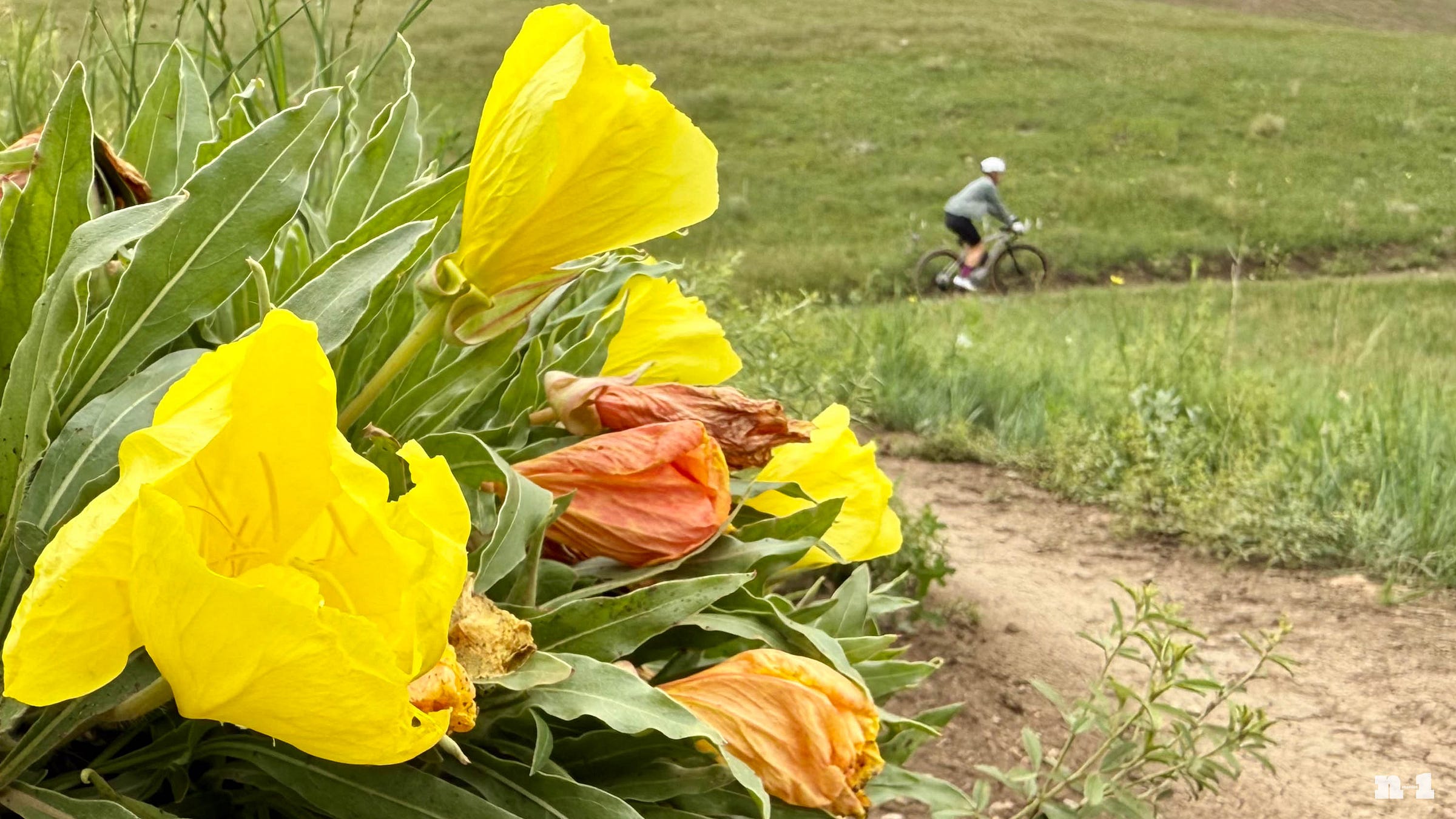
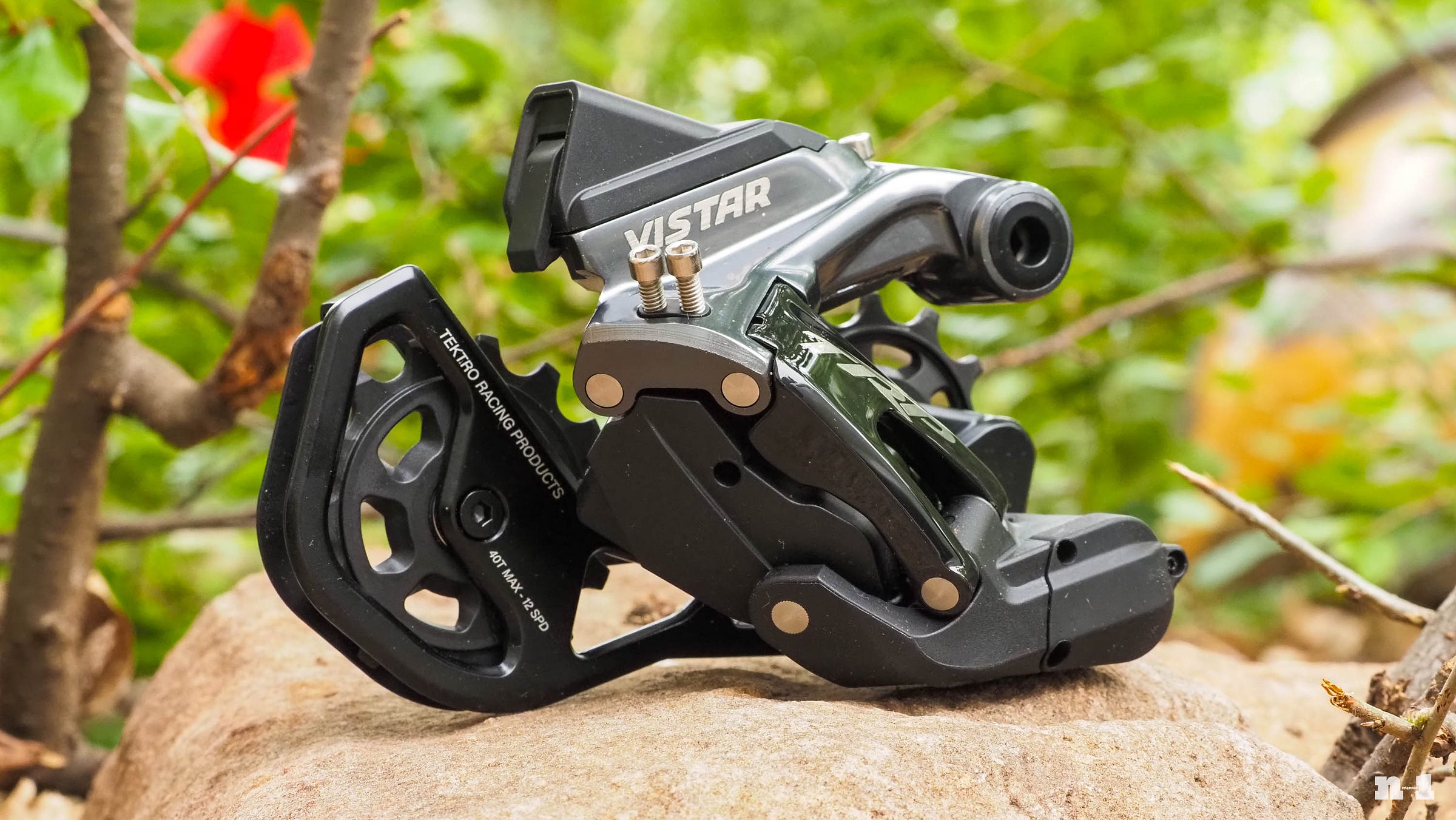
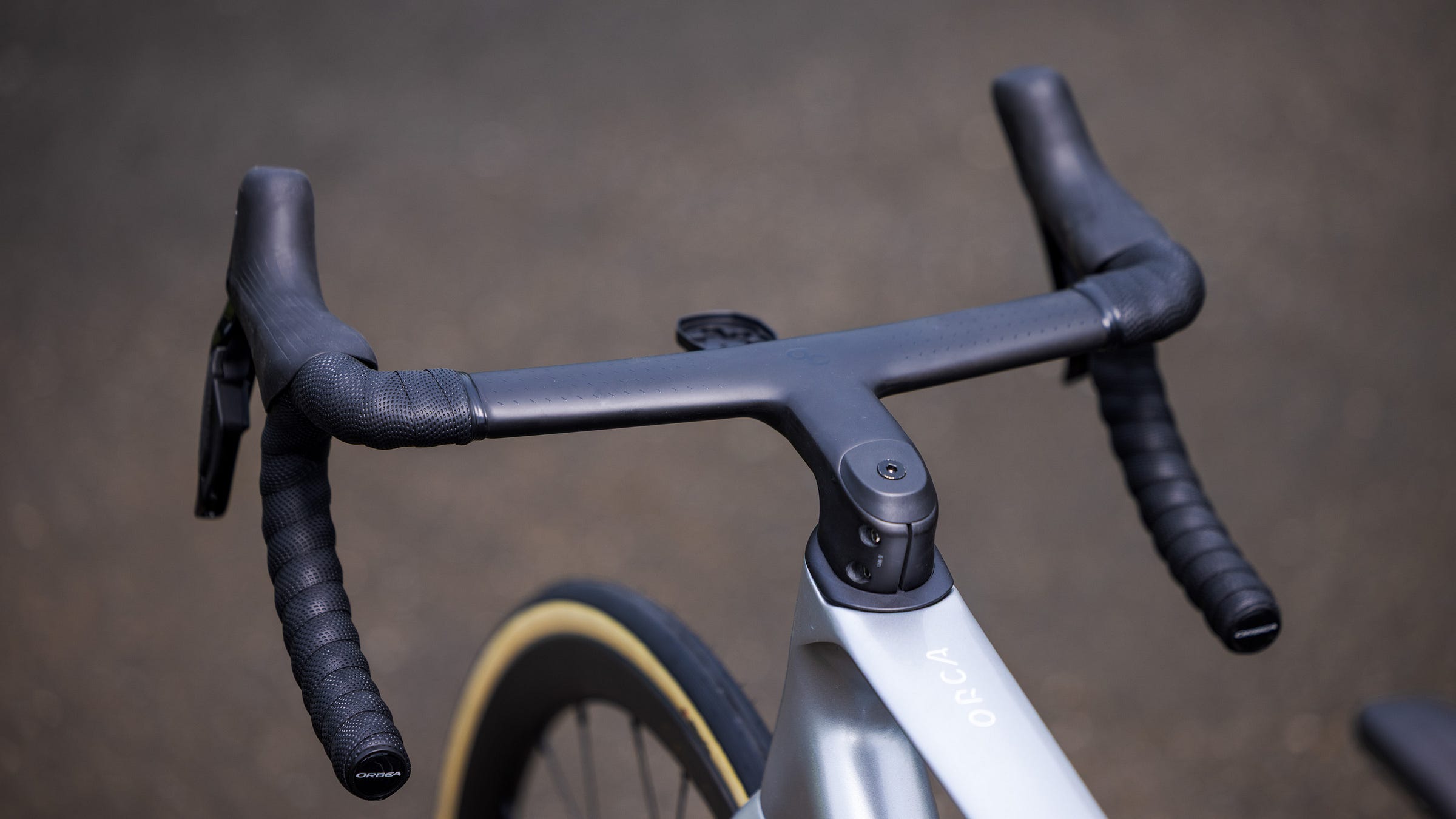



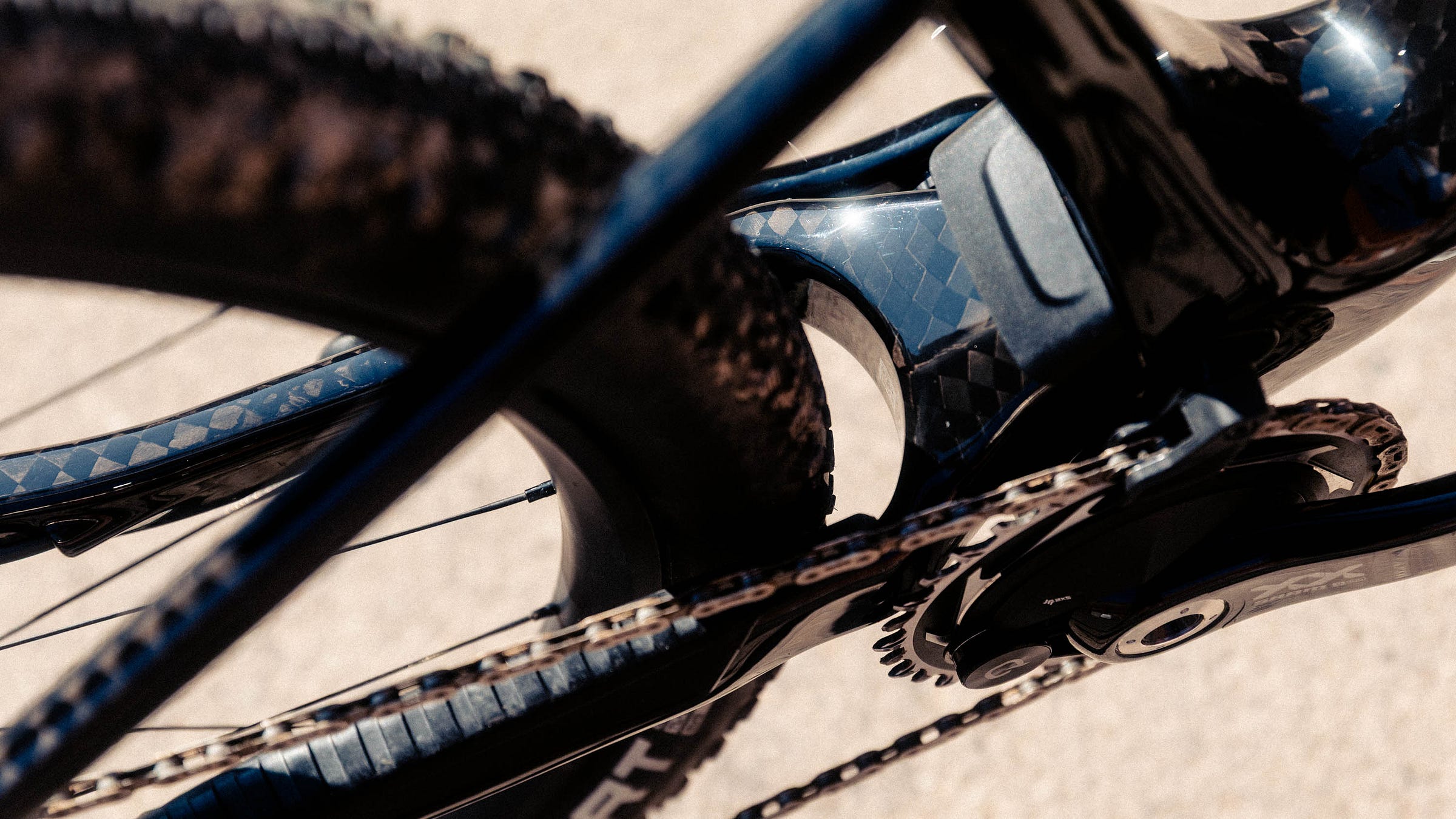
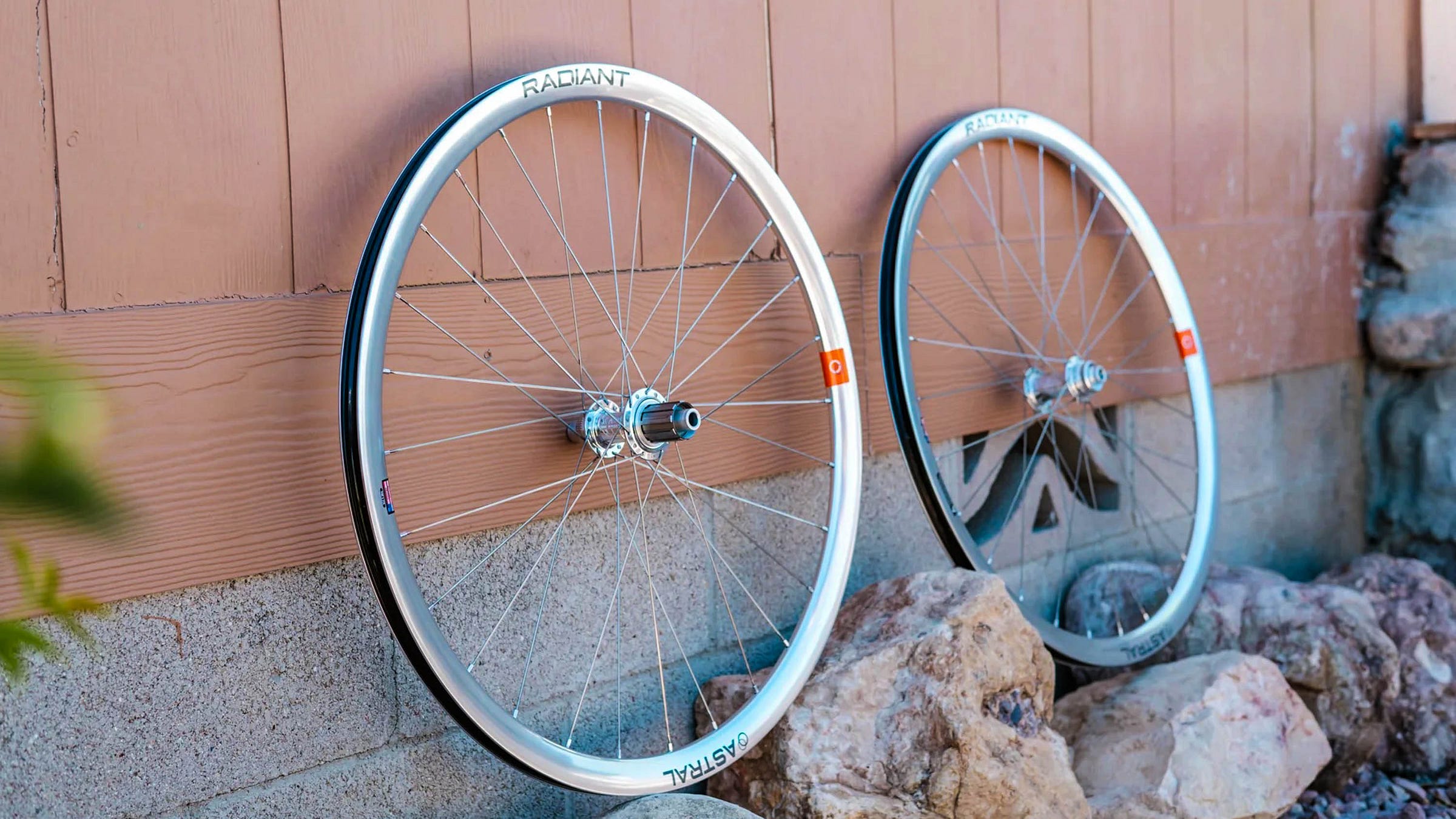
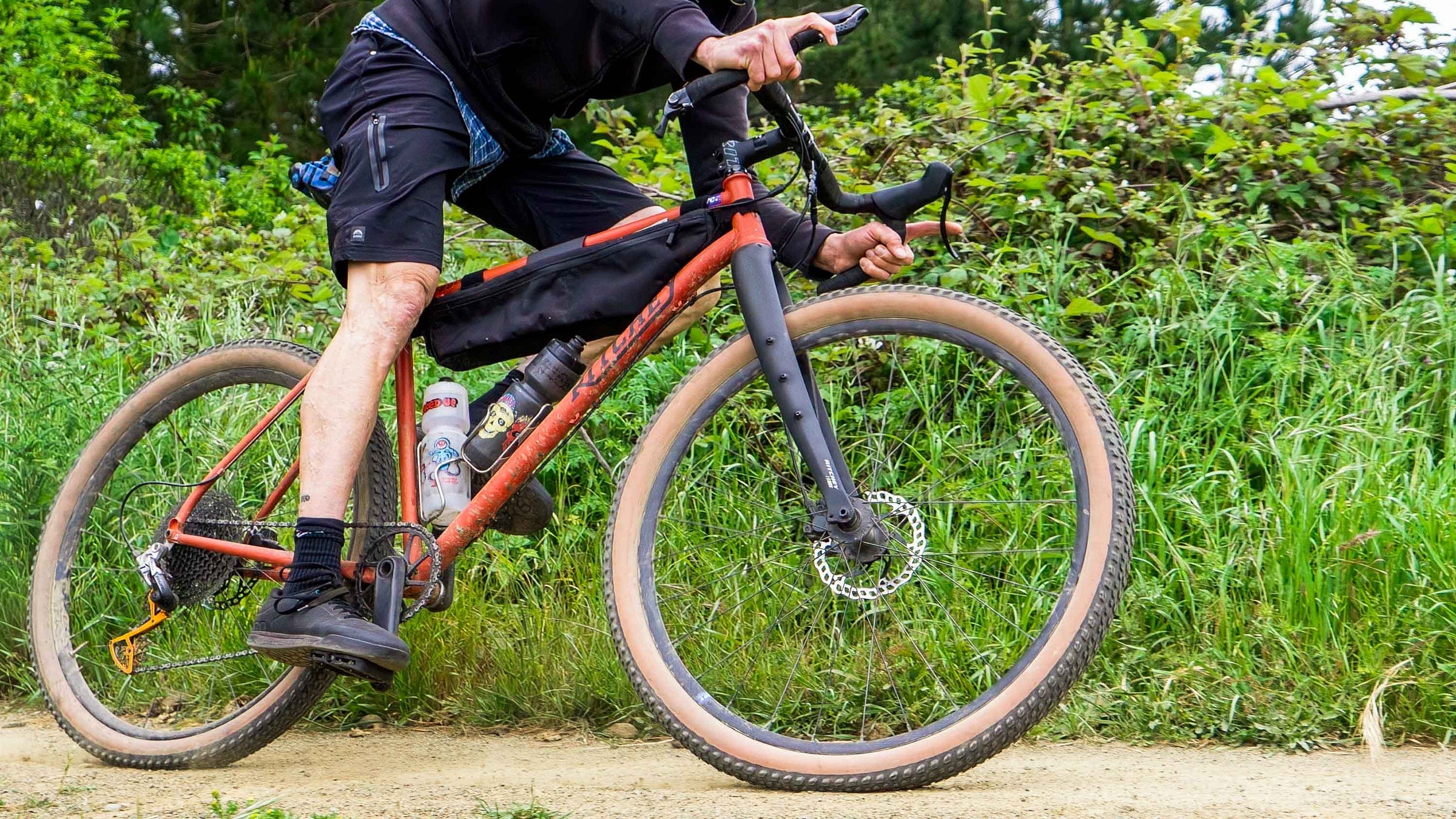
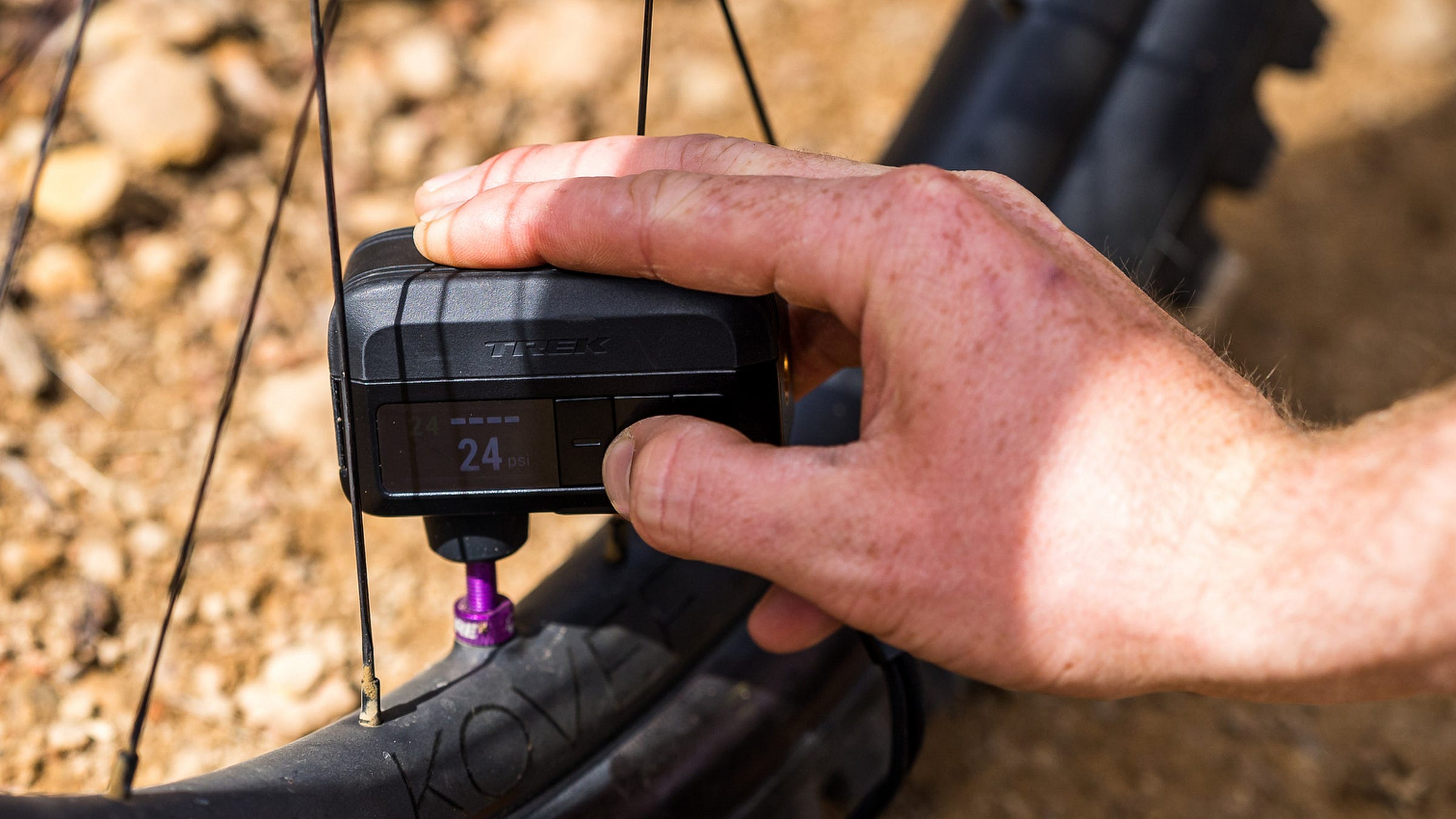
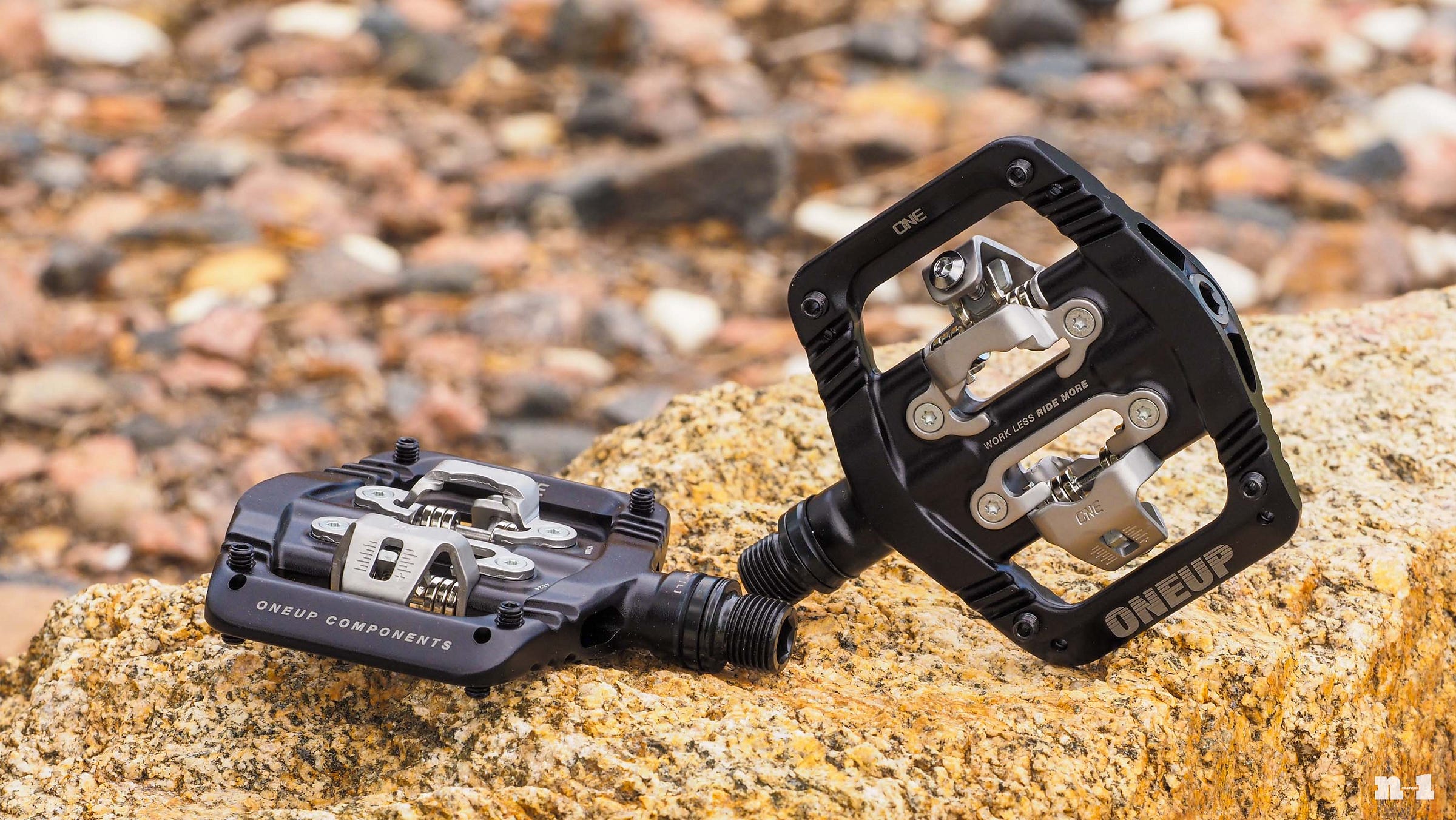
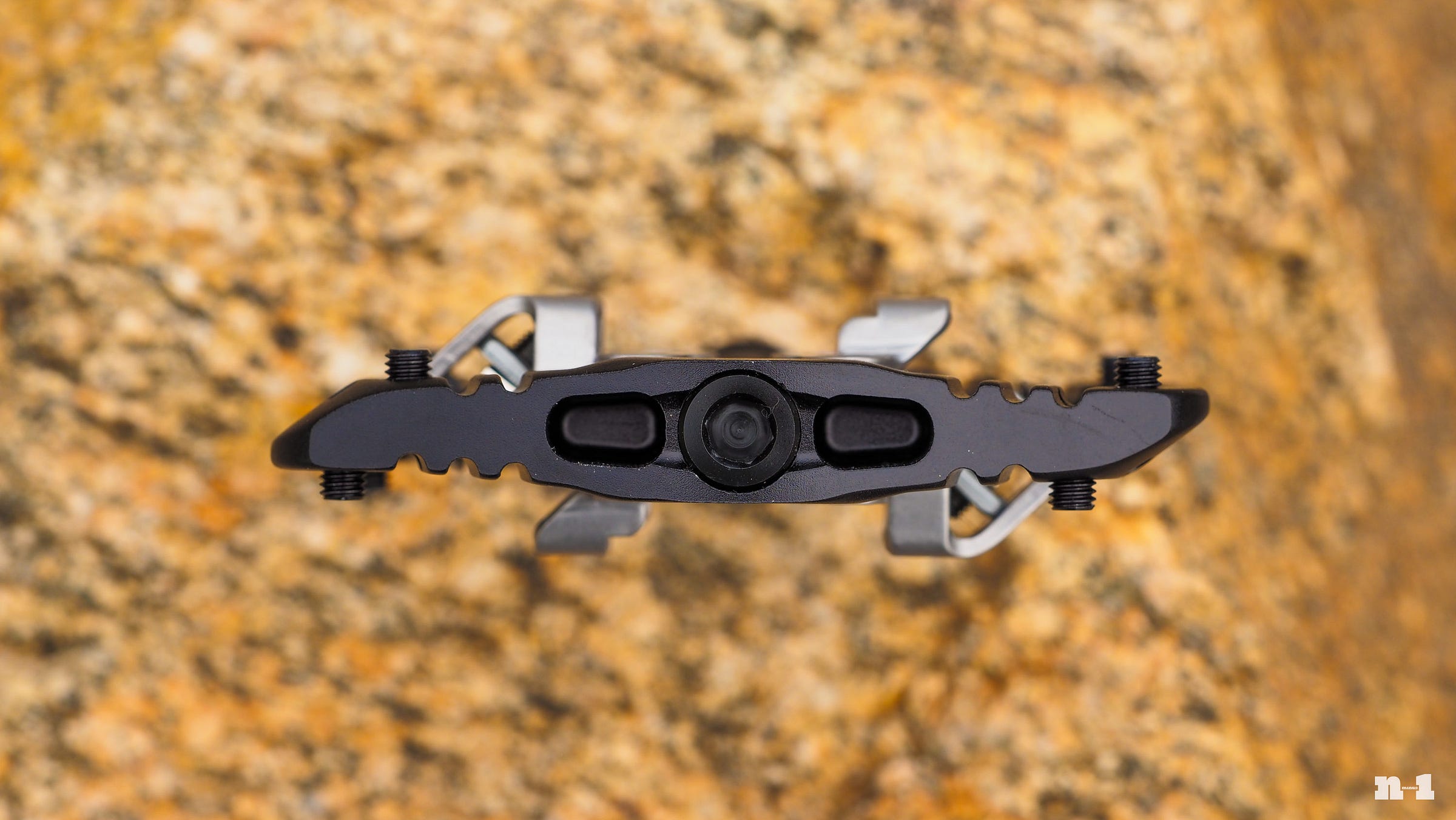
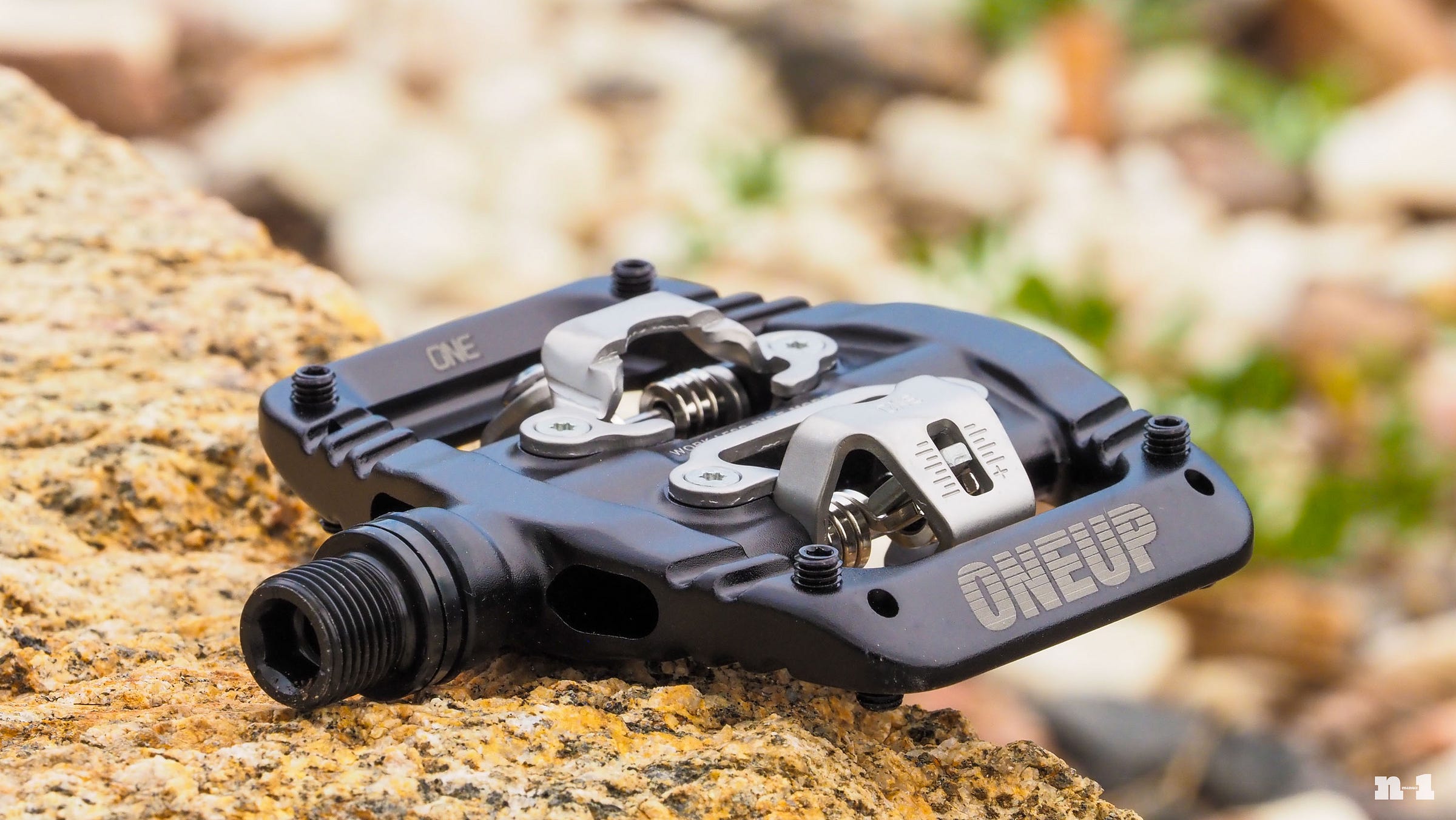
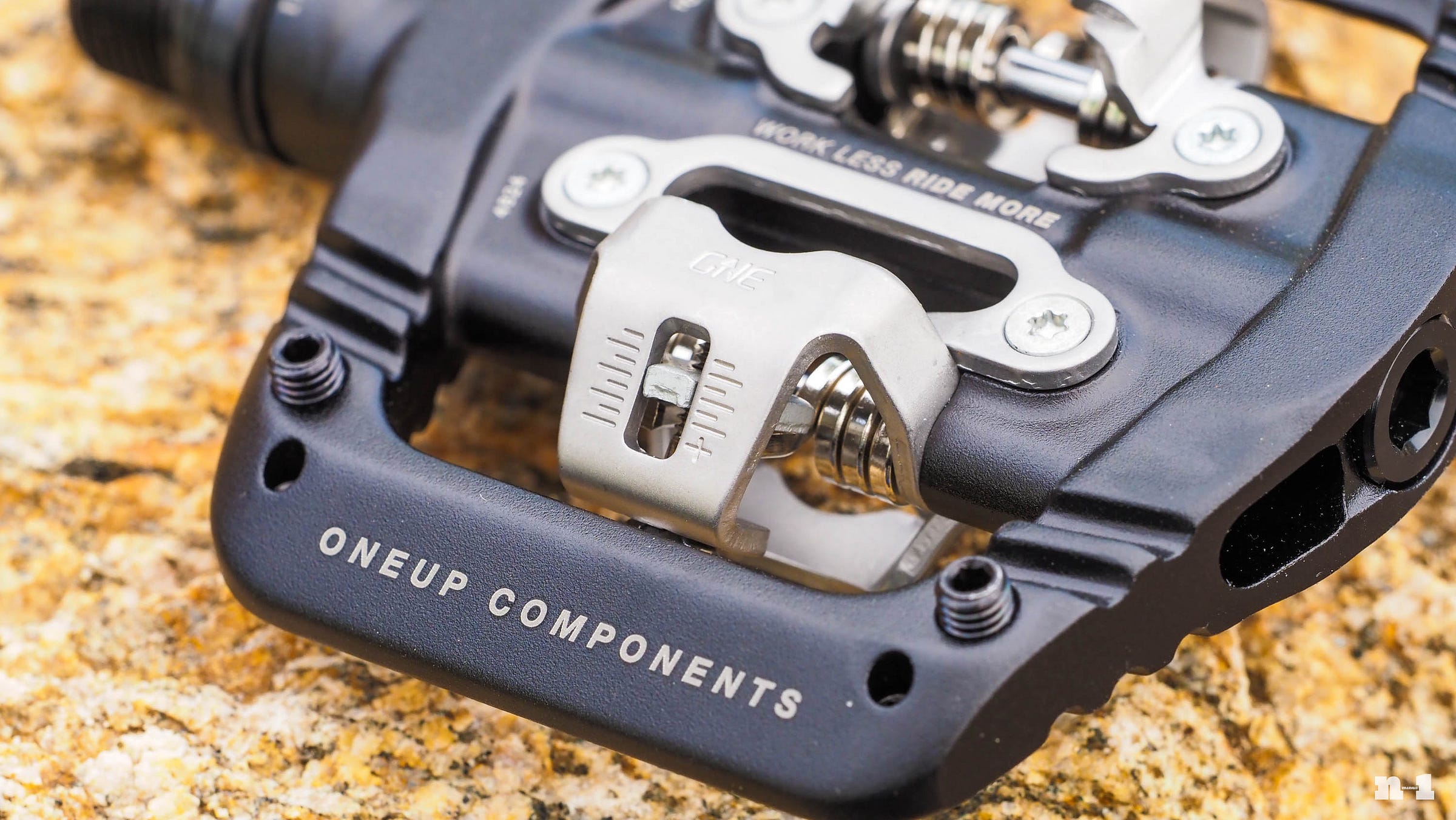
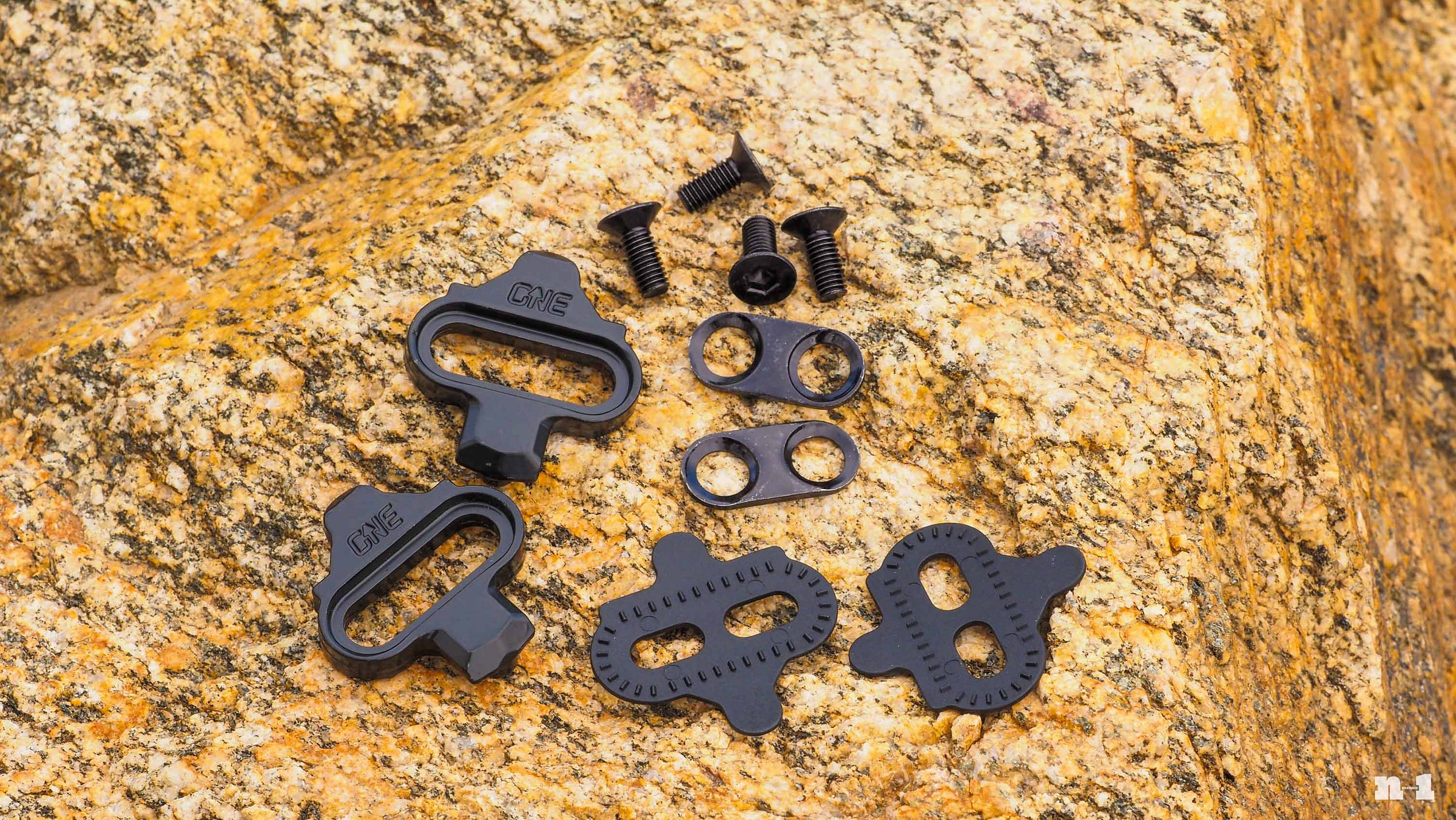
The intro is THE perfect attitude for N-1.
I've had many of those "Why am I in a hurry to finish this ride?" moments when out on the rural dirt roads of Vermont. There's so much out there to enjoy.
I guess I think of "optimize" not as trying to gain 0.2mph with my nose on the stem, but as trying to improve efficiency and comfort so I can go farther and see more beautiful places. It's about enjoyment, not numbers.